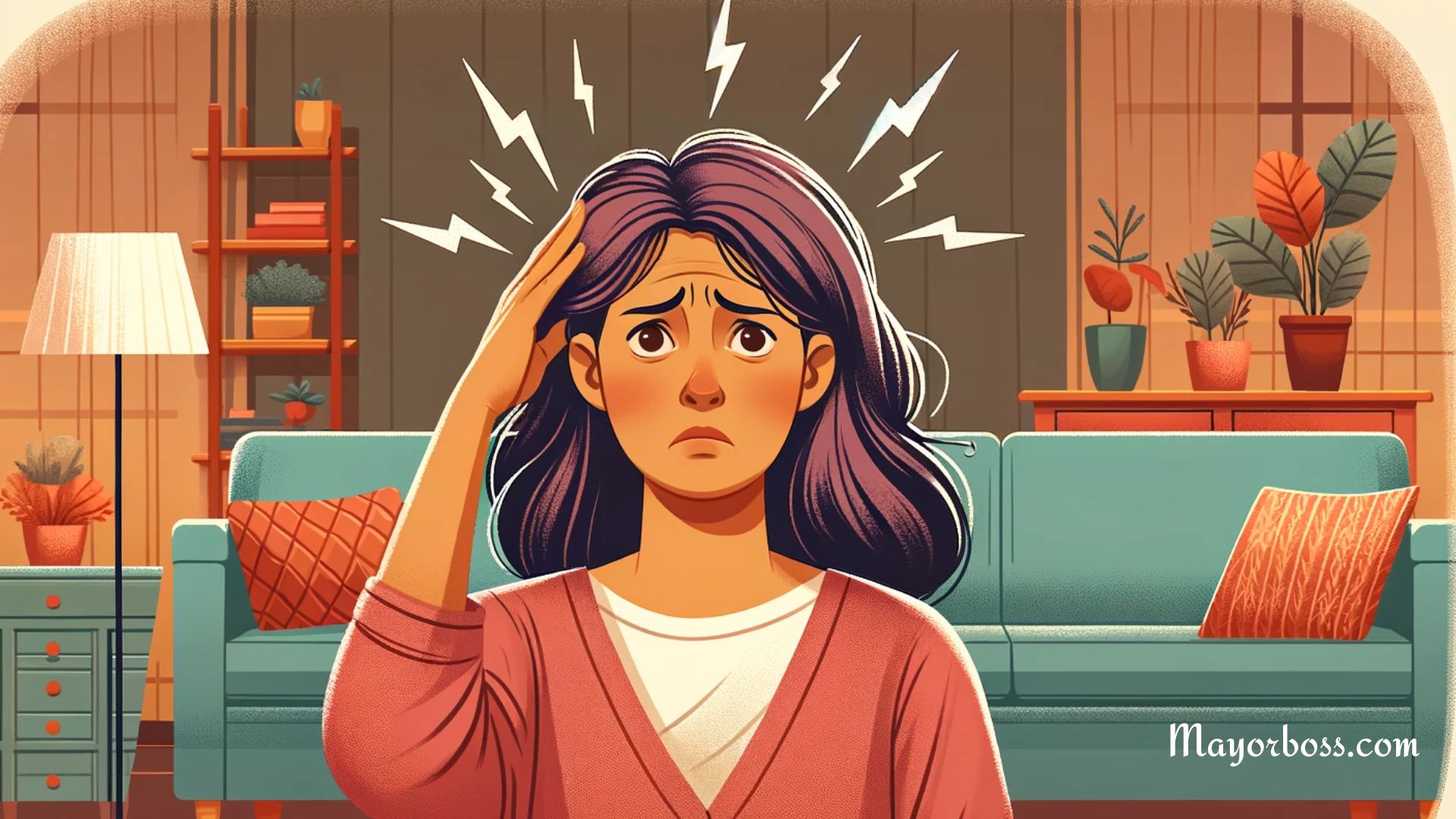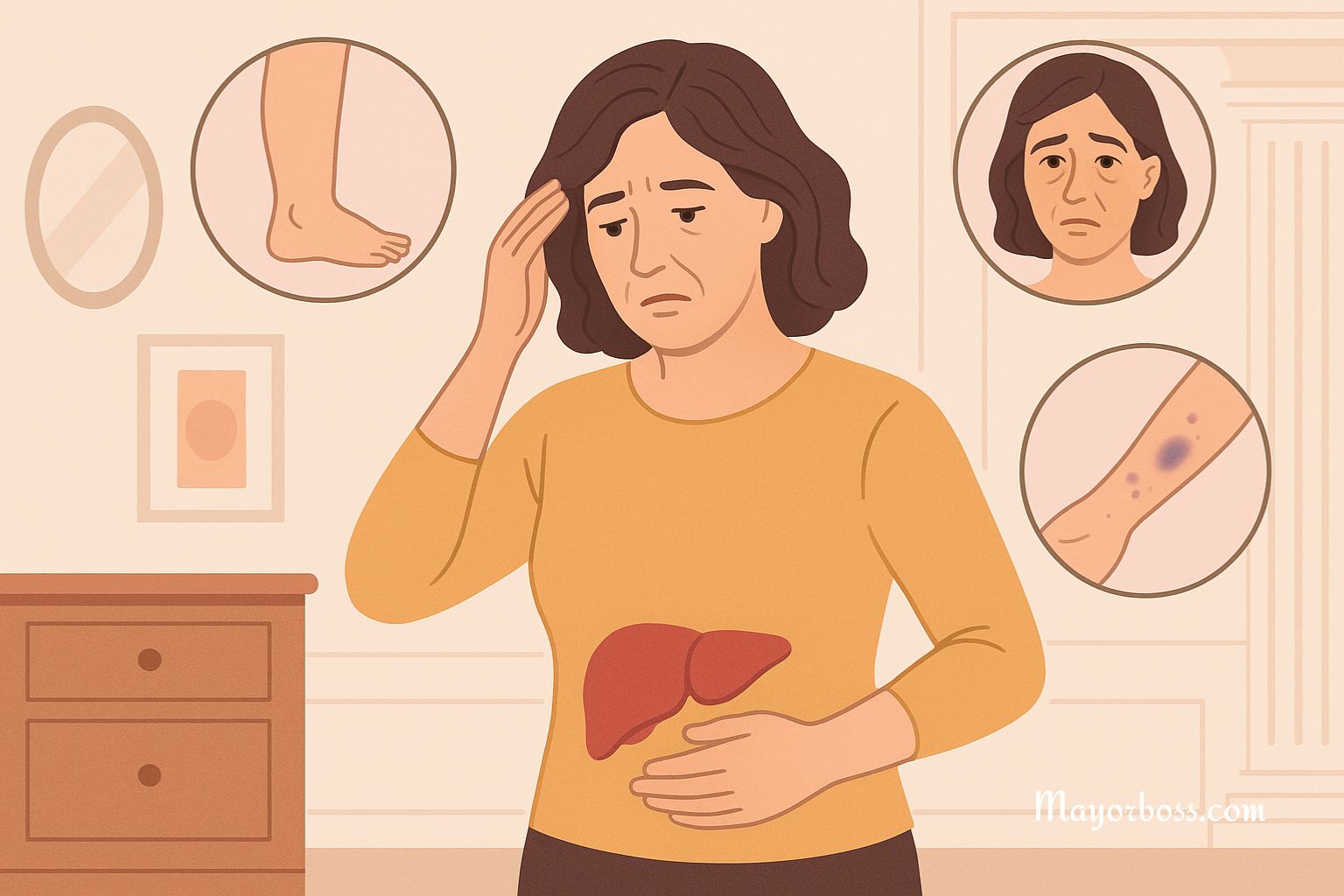What Is a Gene?
Summary: A gene is a segment of DNA that contains instructions for making specific proteins or molecules in the body. These proteins carry out various functions that influence your health, appearance, and even behavior. Genes are inherited from your parents and are fundamental in determining traits like your eye color, hair texture, and susceptibility to certain diseases.

What Exactly Is a Gene?
In the most straightforward terms, a gene is a unit of heredity. It’s a stretch of DNA that codes for specific proteins. These proteins have jobs—everything from helping your blood clot to determining the color of your eyes.
How Does a Gene Work?
To grasp how a gene works, you need to know a bit about DNA. DNA is a long, spiraling molecule that contains your genetic instructions. When your body needs to make a protein, it reads the appropriate gene like a recipe. The DNA unwinds and serves as a template for building the protein.
Role in Heredity
Genes are like family heirlooms, passed down from one generation to the next. You inherit one set of genes from your mom and another set from your dad. This unique combination shapes who you are—your looks, your personality, and even your likelihood of having certain medical conditions.
Why Are Genes Important?
Impact on Health
In people with certain genetic mutations, the genes can cause or increase the risk of diseases like cancer, diabetes, and heart disease. Moreover, genes also play a role in how your body responds to medications, which is crucial when treating these conditions.
Examples of Traits Determined by Genes
Some typical traits determined by your genes include:
What About Environment?
While genes set the stage, your environment also plays a huge role in shaping you. For example, your genes might make you prone to gaining weight, but lifestyle choices like diet and exercise have a big impact too.
Can You Change Your Genes?
Simply put, you can’t change the genes you’re born with. However, you can influence how they act. Research shows that lifestyle choices, like eating a healthy diet and exercising regularly, can actually turn certain genes on or off, which is a field of study known as epigenetics.
What Exactly Is a Gene Made Of?
A gene is made of DNA (deoxyribonucleic acid), which is a molecule containing four types of building blocks called nucleotides. These nucleotides are adenine (A), cytosine (C), guanine (G), and thymine (T). They arrange themselves in a specific sequence to form a gene, and this sequence is what gives the instructions for making a particular protein.
How Do Genes Pass from Parents to Children?
When a baby is conceived, it receives 23 chromosomes from the mother’s egg and 23 chromosomes from the father’s sperm. These chromosomes contain genes, and it’s this mix of genes that makes the child unique. So you inherit half of your genes from your mother and half from your father.
Can Genes Be Altered or Edited?
You can’t naturally change the genes you inherit, but advances in science have made it possible to edit genes. This is known as gene editing, and it’s done using technologies like CRISPR. Gene editing has the potential to treat or even cure genetic diseases, but it also raises ethical concerns about potential misuse.
Why Do Some Siblings Look Different Despite Having the Same Parents?
Even though siblings inherit genes from the same parents, the combination of these genes can vary greatly. This is because each parent has two sets of each gene but only passes one from each set to their child. Therefore, siblings can end up with different combinations, resulting in distinct appearances and traits.
What Role Do Genes Play in Disease?
Genes can have a significant impact on your health. Some genes are directly responsible for certain genetic diseases. In other cases, having a specific gene can increase your risk for conditions like heart disease or cancer. However, genes are just part of the picture. Environmental factors like diet, exercise, and exposure to toxins can also affect your risk of developing these diseases.






